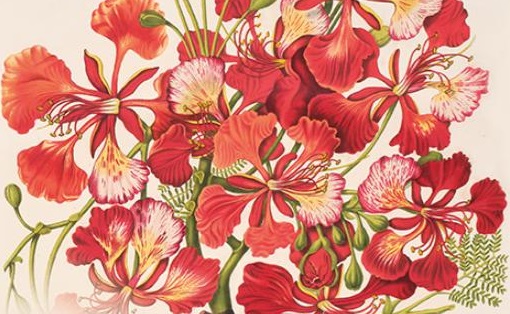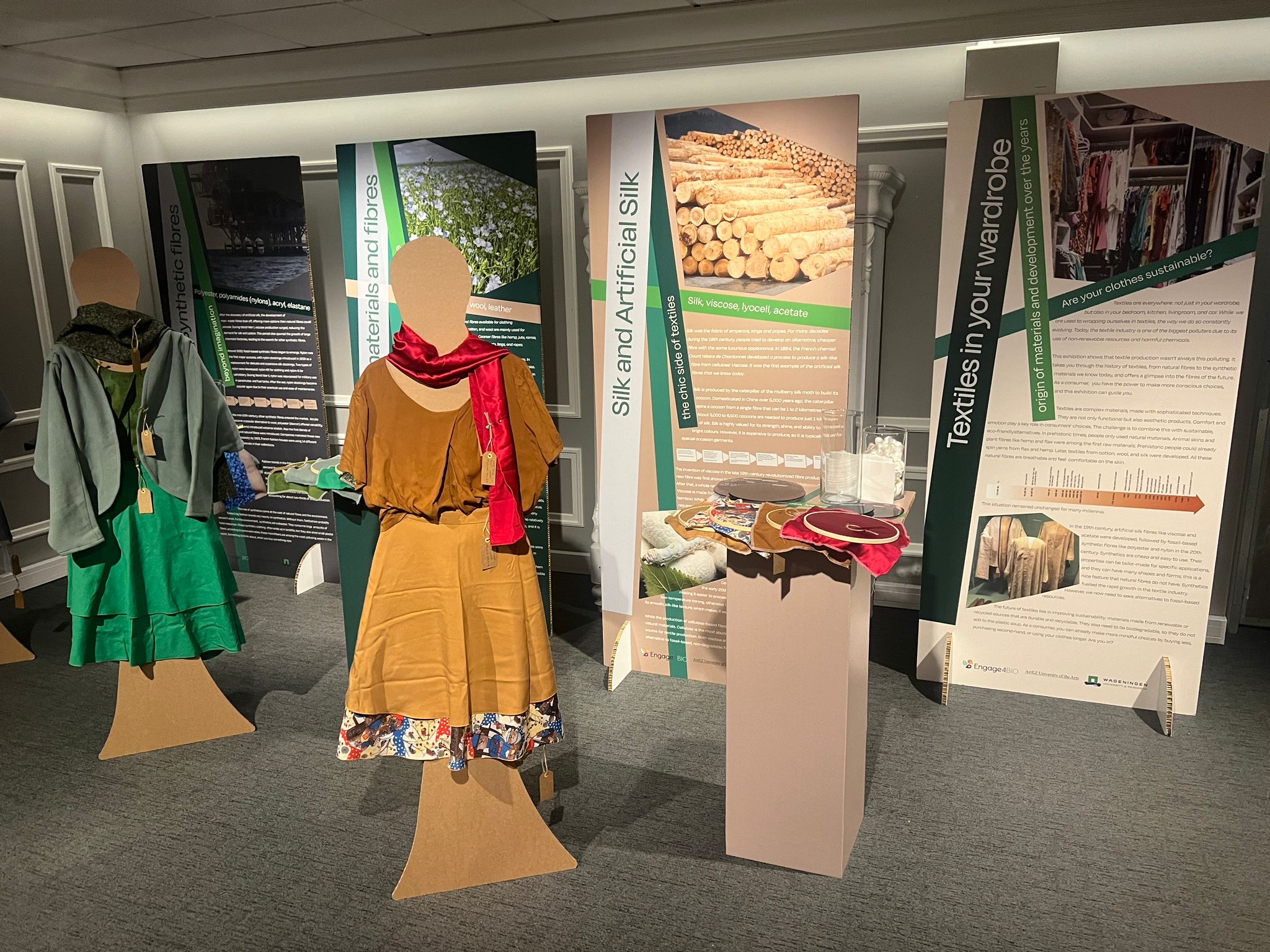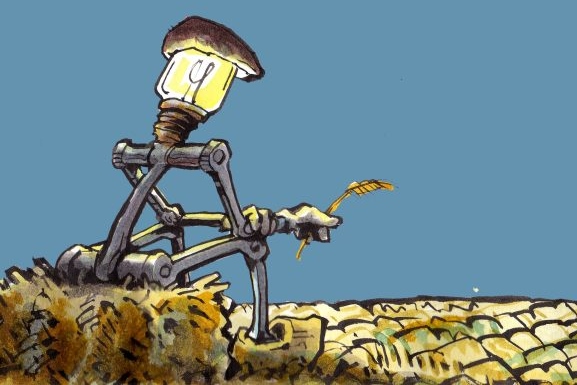Plant sciences emerged within the context of colonial power, oppression and overseas expansion. Art historian Marjolein van der Loo writes about it in a collection of essays that are part of the twelfth edition of Sculptures on the Mountain (Beelden op de Berg), which carries the title Heksenkruid. The exhibition in the Belmonte Arboretum shows that Western plant sciences can not be viewed separately from colonialism.
That must be acknowledged, is the key message. The exhibition’s theme is decolonizing botany. Fourteen international artists were inspired to create an equal number of installations with surprising productions, from a monument for burnt witches to a duel between the Russian geneticist and plant collector Nicolaj Vavilov and his opponent Trofim Lysenko.
Indigenous knowledge
Heksenkruid refers to the plant enchanter’s nightshade. Research conducted by Professor Tinde van Andel shows that many common plant names refer to witches and demons. How this came about is anyone’s guess. The (Western) scientific perspective has long ignored this local expertise, as it has the knowledge of indigenous communities about their plants. Decolonisation means that local knowledge is given the attention it is due.
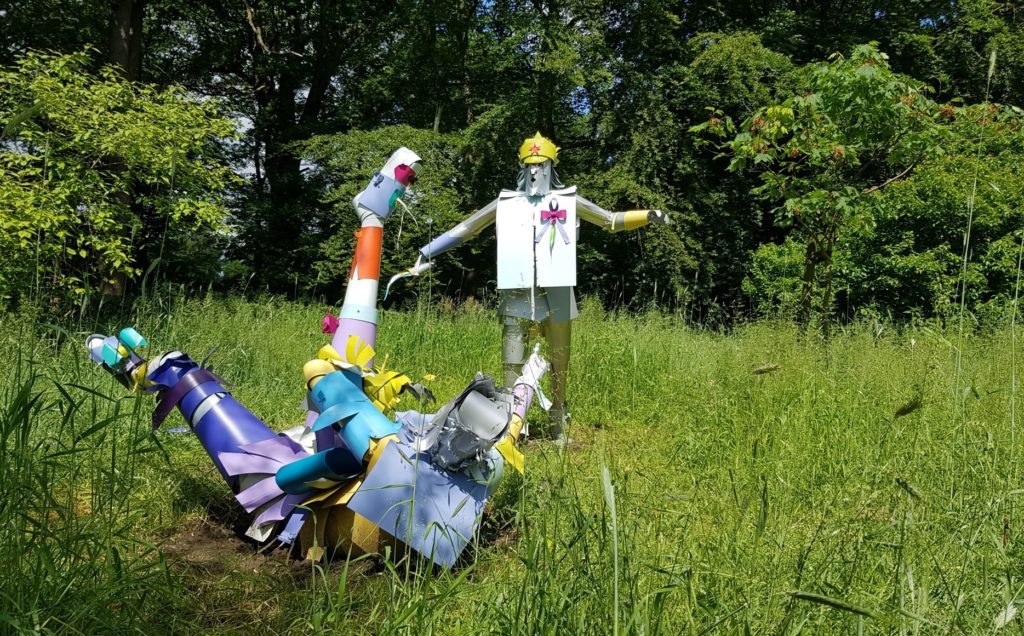
‘Decolonisation is largely about acknowledging the colonial past and the role institutes such as botanical gardens played’, says Robin Bredero zur Lage, WUR-alum specialised in ethnobotany. He wrote an essay on his study on colonial roots and the collection of maples in the Belmonte arboretum, which holds 29 of the world’s known maple species.
Sentry
‘Sentinelle’ by French-Cameroonian artist Beya Gille Gacha is an eye-catcher among the fourteen art installations. Her installation pays tribute to Afro-Brazilian visual artist Fabiana Ex-Souza. The sentry in the tree is a cast made of her face, composed of blue beads, with which Gille Gacha refers to the Bamileke tradition, the ethnic community to which her mother belonged.
The (free) exhibition opened on Saturday and can be visited until 15 September.

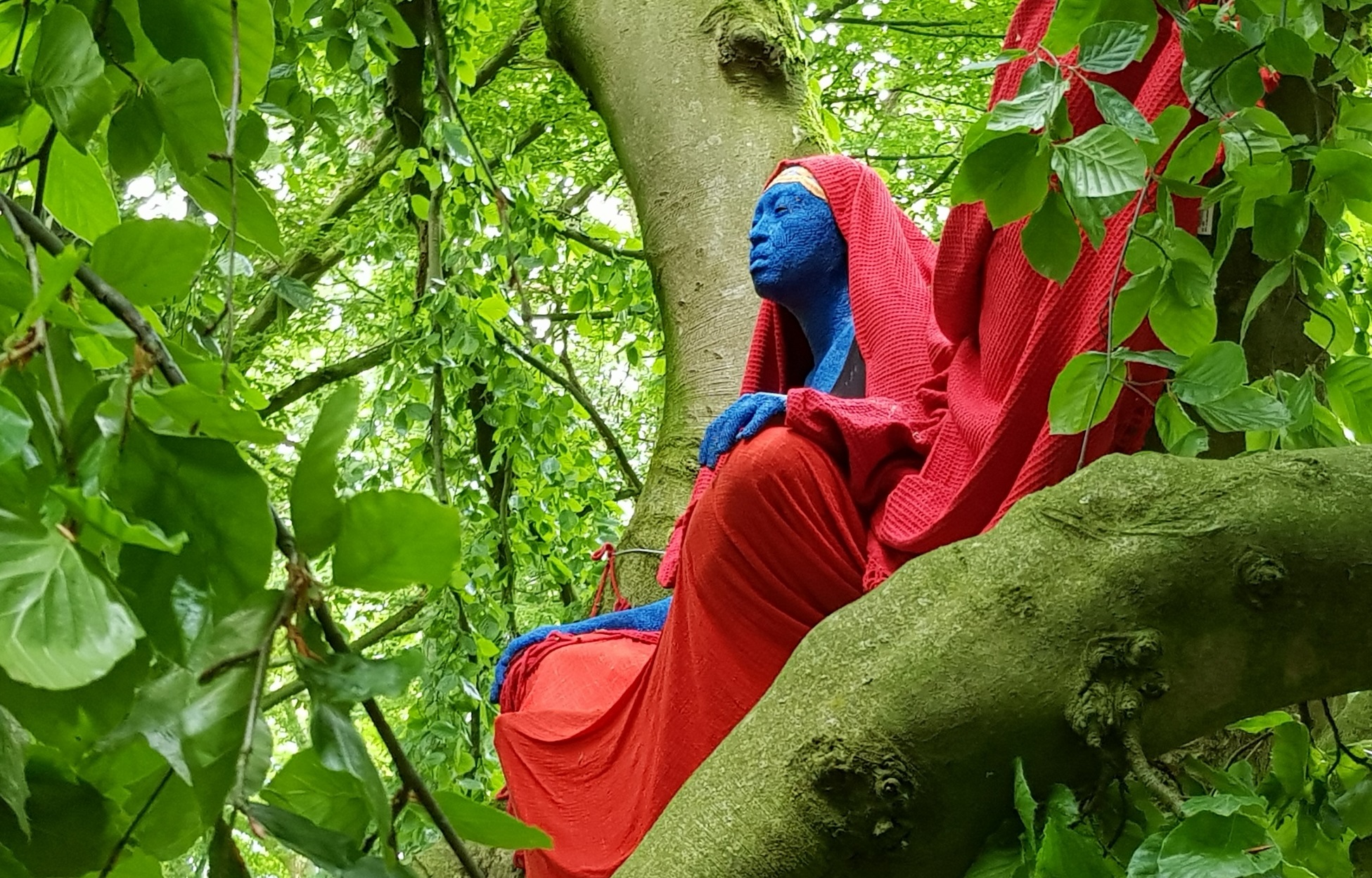 Sentinelle, Geya Gille Gacha’s sentry. Photo Roelof Kleis
Sentinelle, Geya Gille Gacha’s sentry. Photo Roelof Kleis 